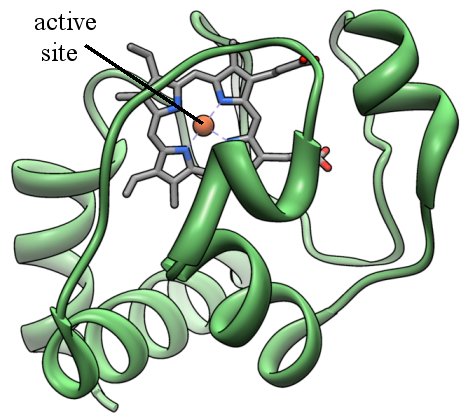
Paleontologists have long recognized that the fossil record produces a serious problem for the hypothesis of evolution. Almost thirty years ago, Dr. David Wake and his colleagues stated:1
With natural selection operating in a changing environment as an agent of adaptation, we expect to see changes at the organismal, ultimately physiological and morphological, level. How, though, can we explain the paradoxical situation in which environments change, even dramatically, but organisms do not?
In other words, evolution predicts that in a changing environment, organisms should change in order to adapt. However, when we look at the fossil record, we don’t see such change. Instead, while it is thought that earth’s climate changed dramatically in many different ways throughout the fossil record, the fossils themselves show that the organisms living on earth didn’t change much at all. This has been called the “paradox of stasis,” and while several attempts have been made to resolve the problem2, none of them have been found to be satisfactory.3
In an attempt to understand the paradox of stasis better, Dr. Donald Prothero undertook a series of amazingly detailed studies. With the help of a small army of students, Prothero studied the fossils of all the common birds and mammals that have been preserved in the La Brea tar pits of Los Angeles, California. According to the standard geological view, these tar pits preserved species that lived in the area over a period of time when the region experienced wild climate change. It is thought that 35,000 years ago, the Los Angeles, California area had a very similar climate to what it has today. During the height of the last ice age (20,000 years ago), however, it was significantly colder and significantly wetter. As the ice age waned, the climate returned to what it was 35,000 years ago.
From an evolutionary point of view, one would expect that over the course of this dramatic change in climate, the birds and mammals living in the area would have experienced some amount of evolutionary change in order to adapt to their surroundings. However, that’s not what this series of studies found.
Continue reading “A Large, Detailed Study Confirms Another Failed Evolutionary Prediction”









